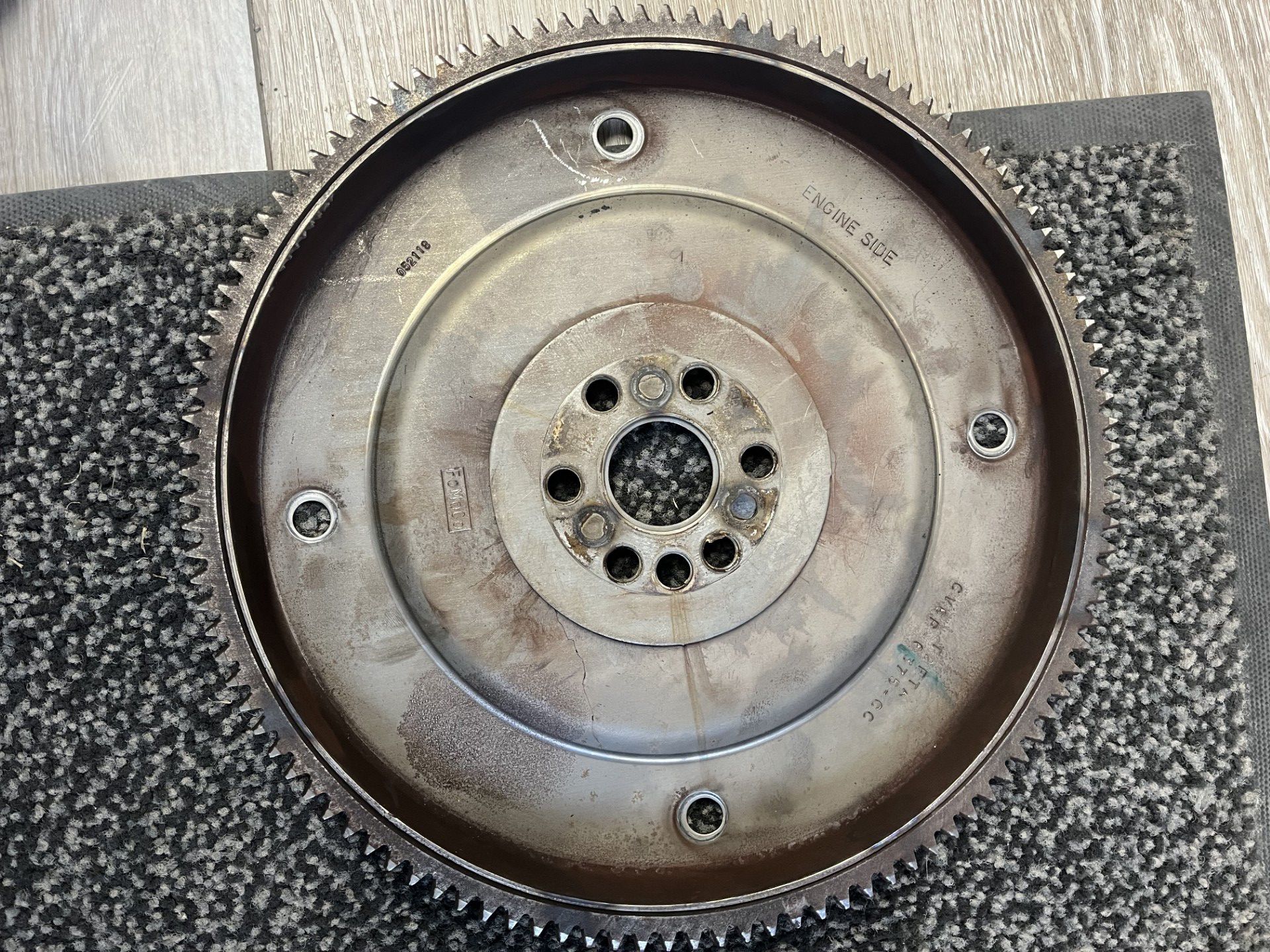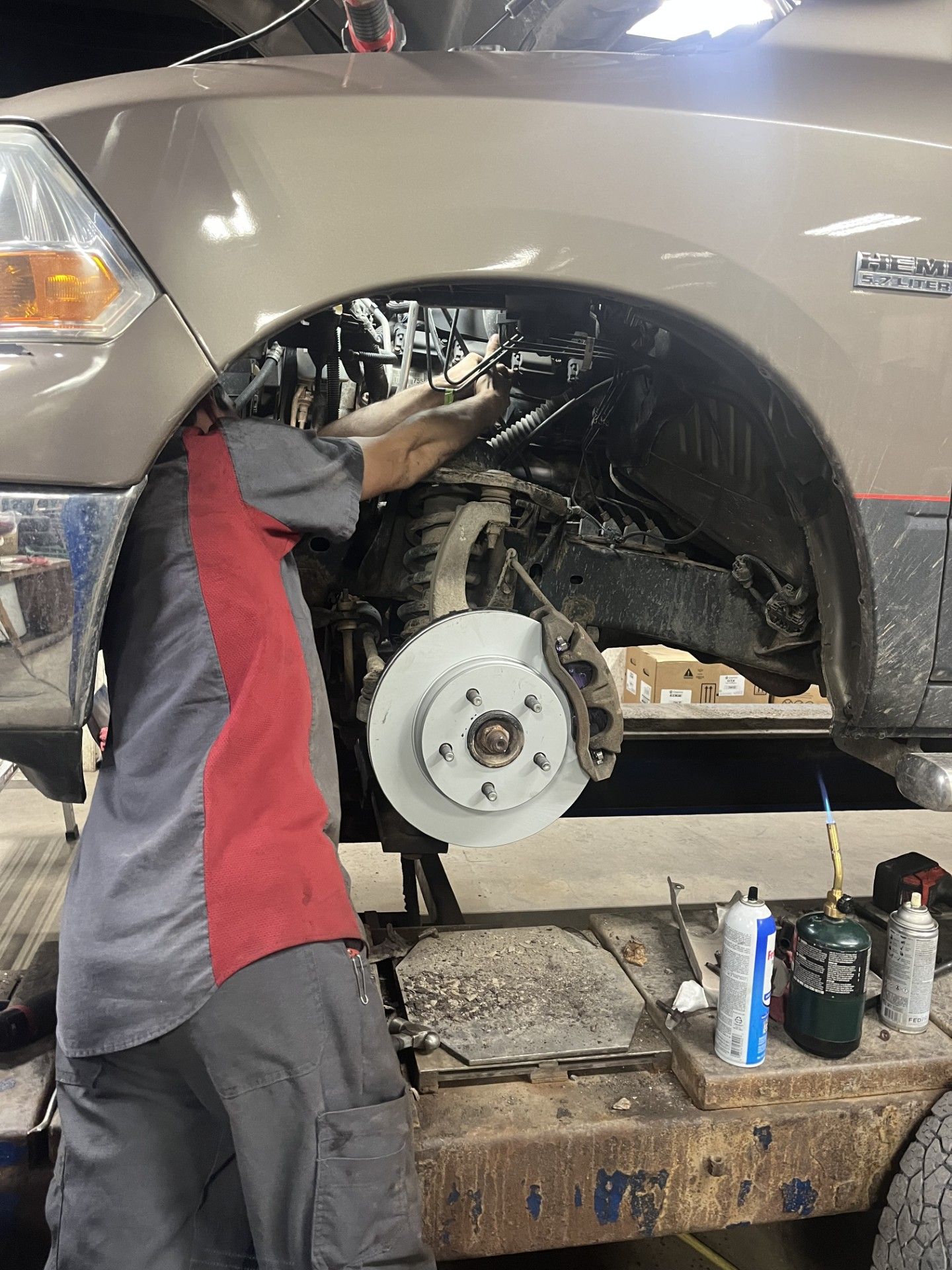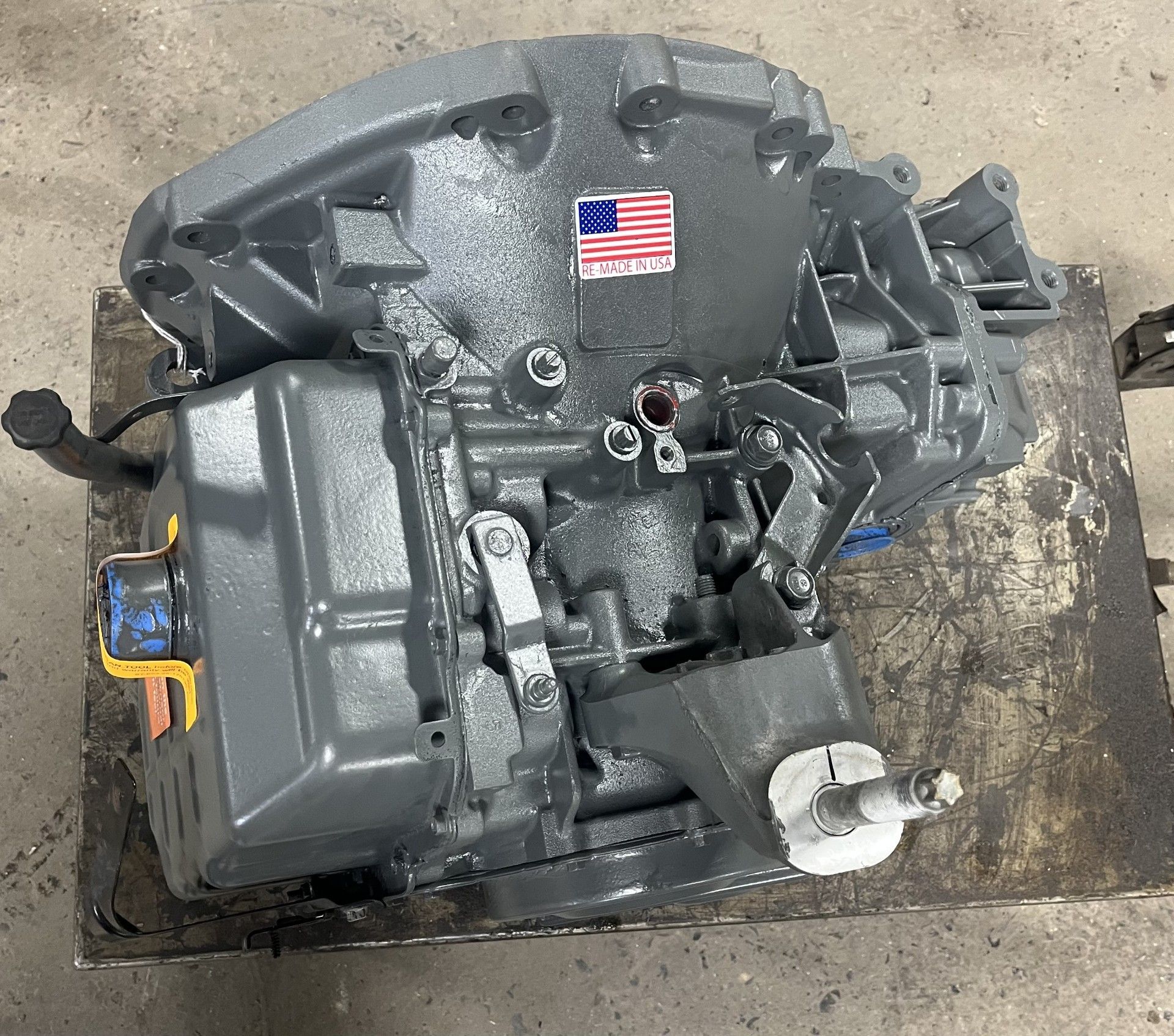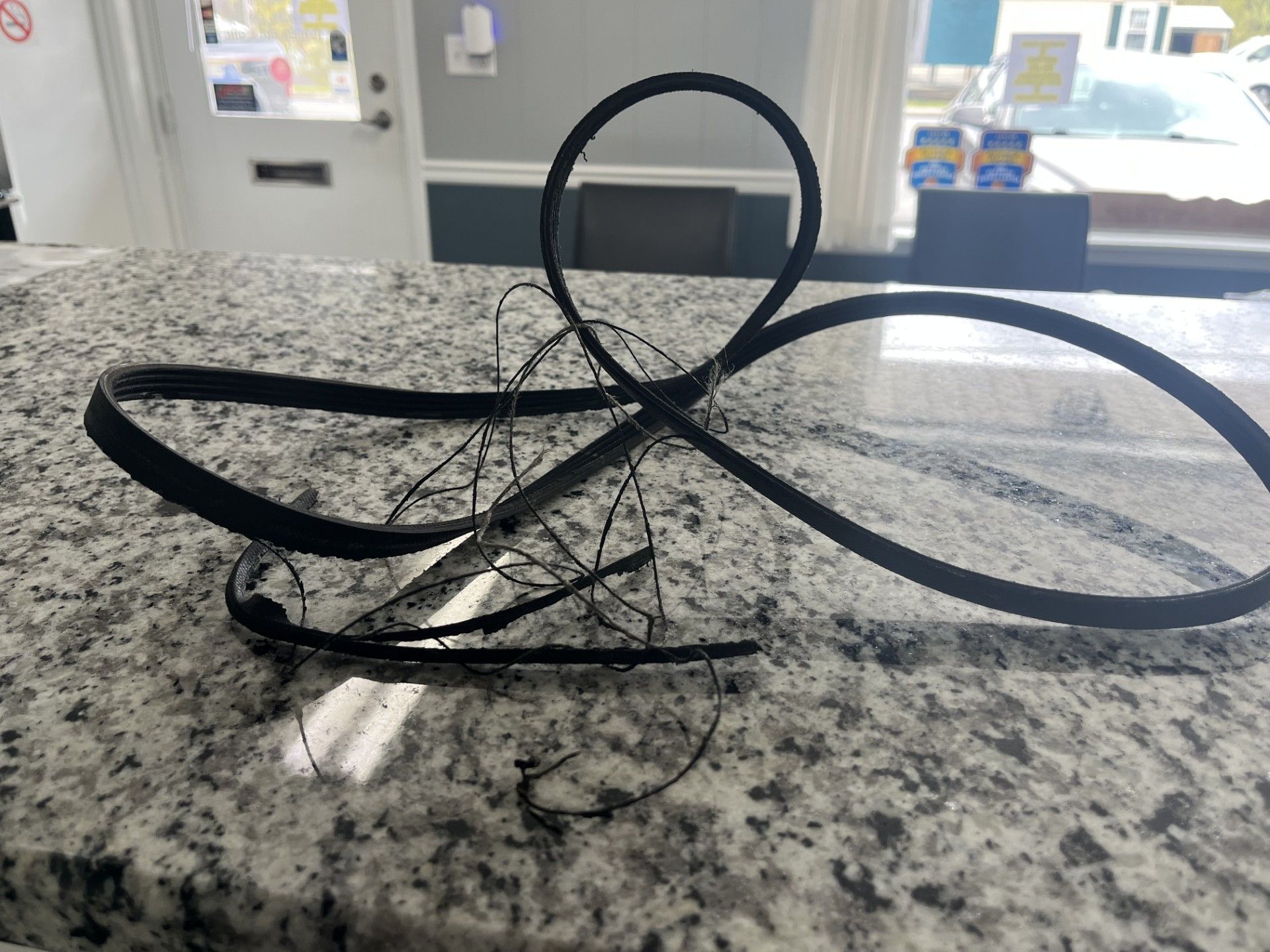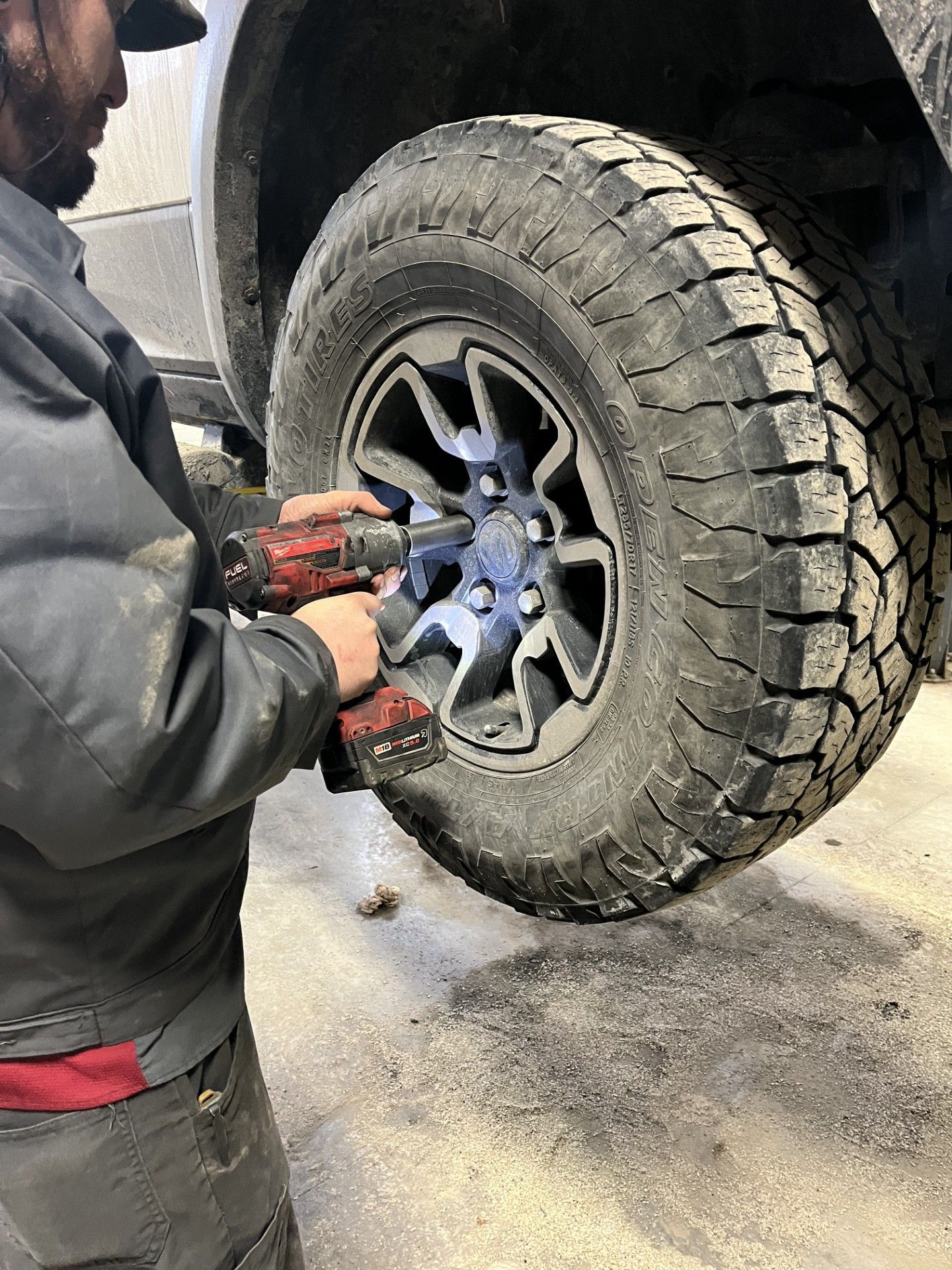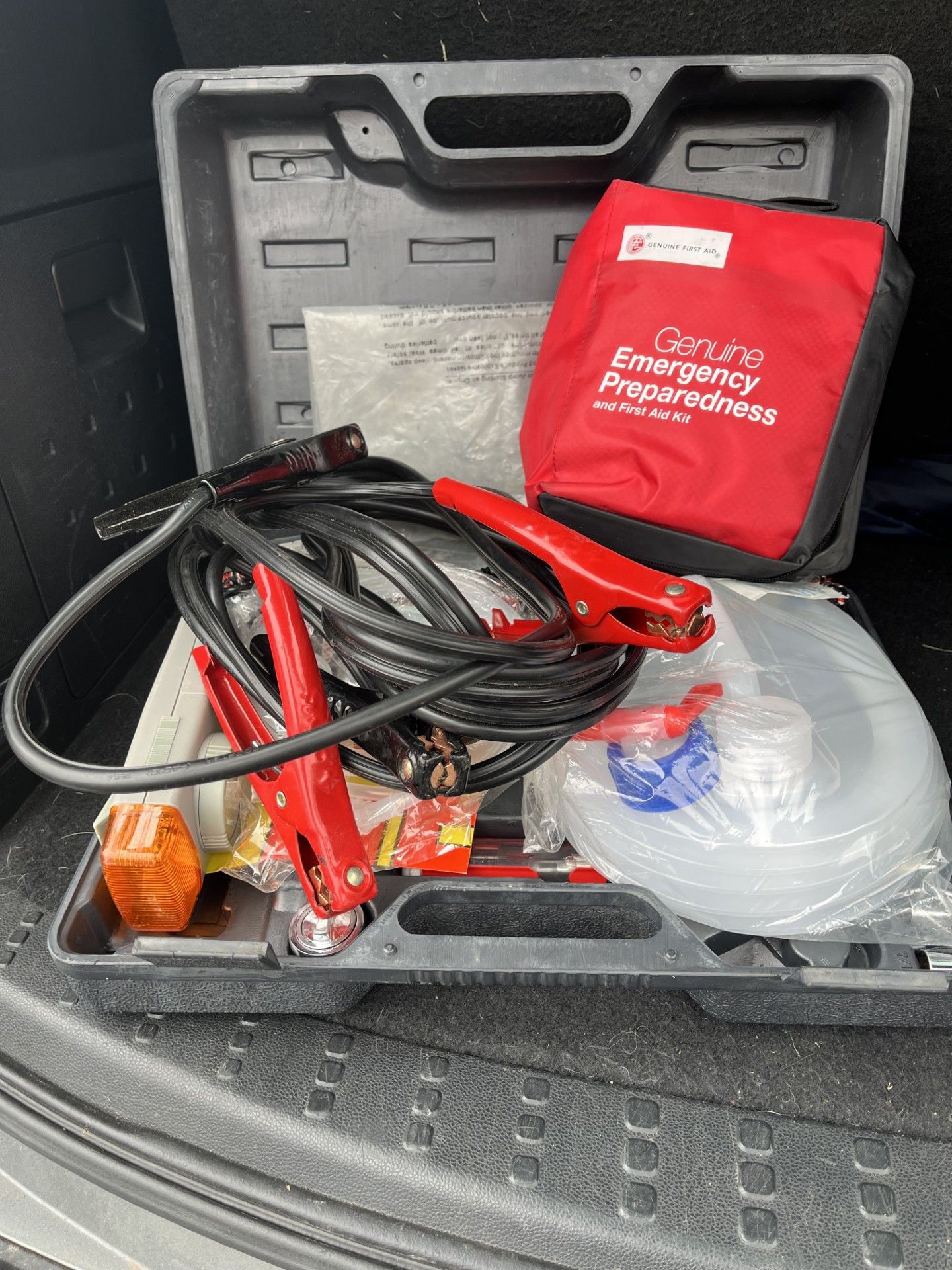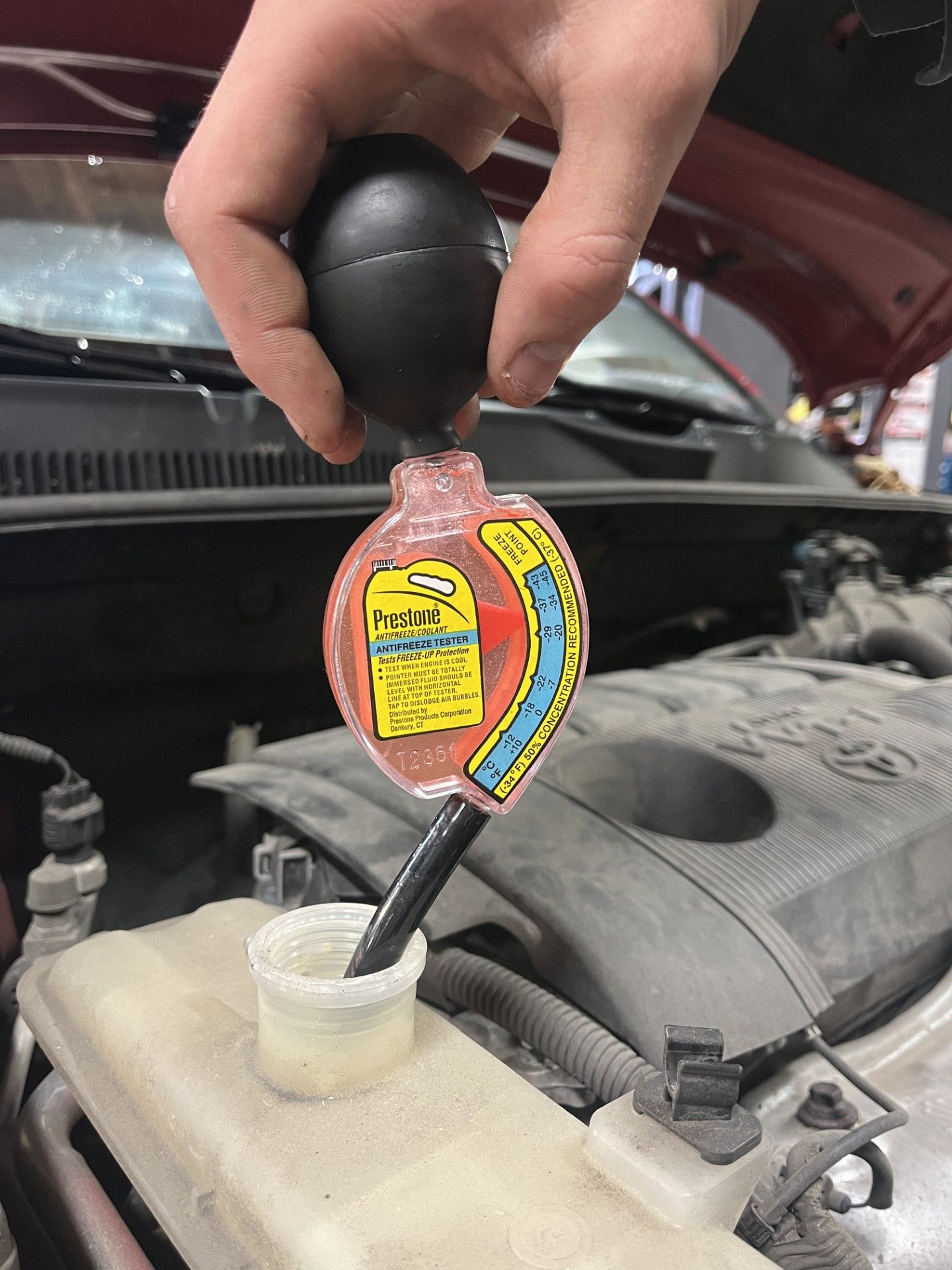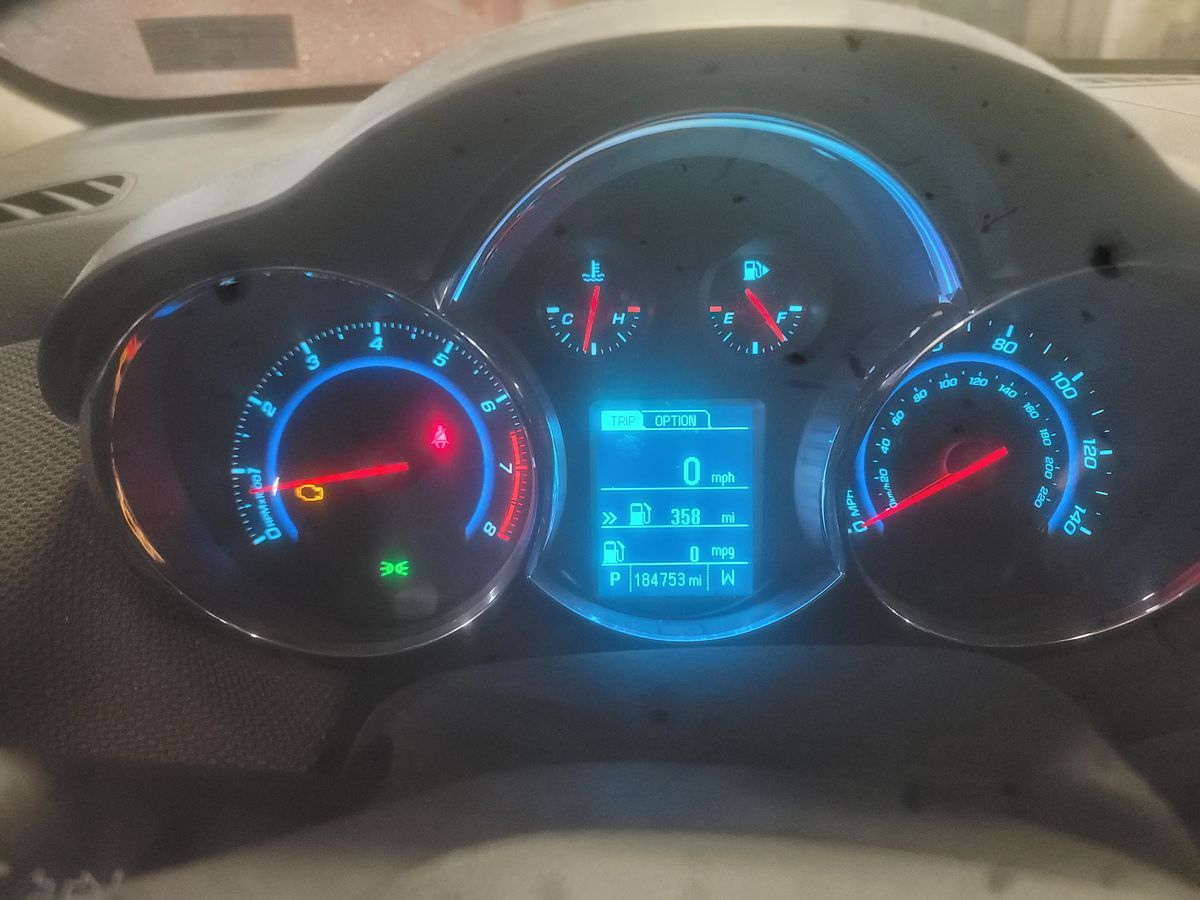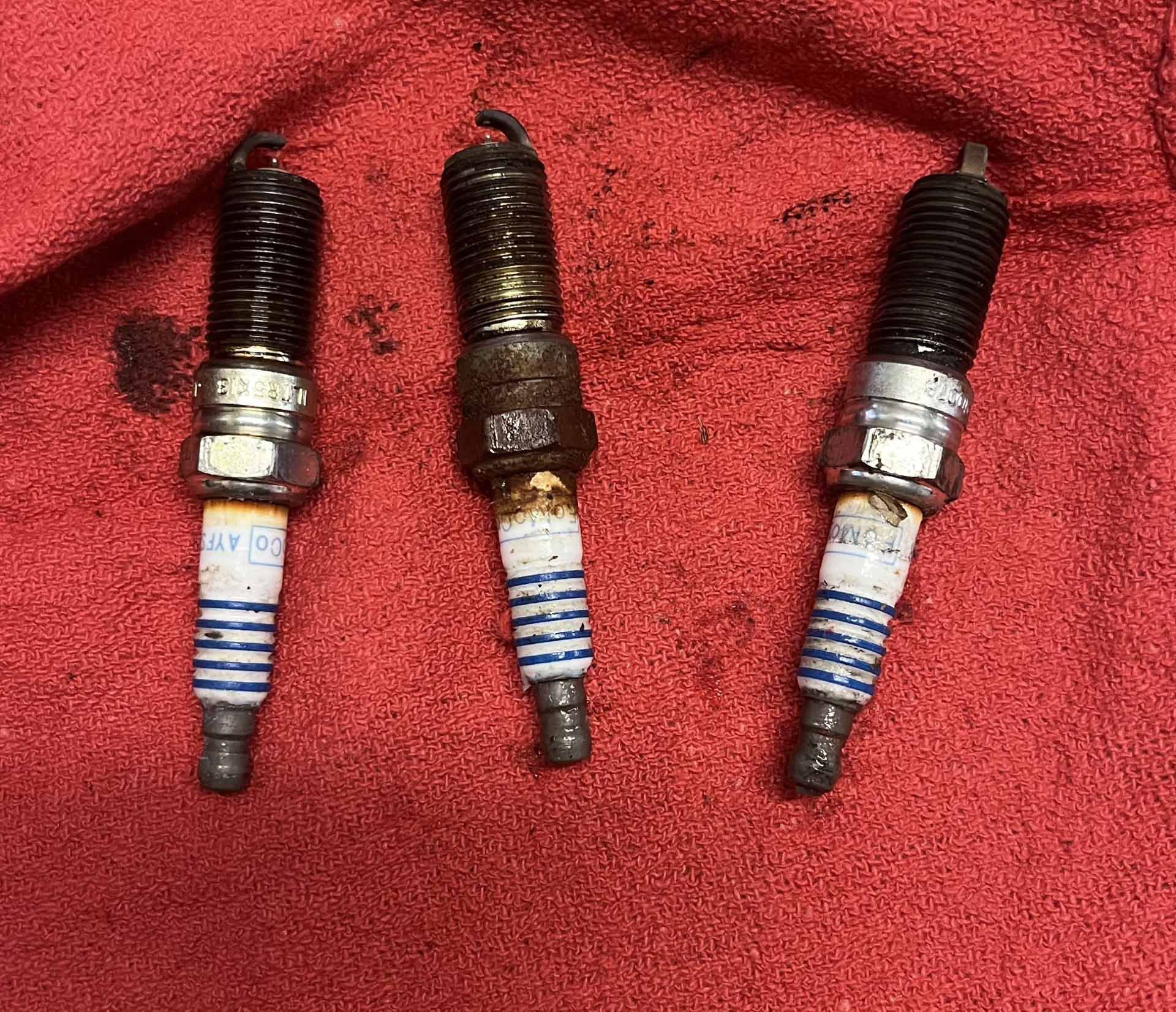HOW TO PRESERVE MY VEHICLE'S BATTERY
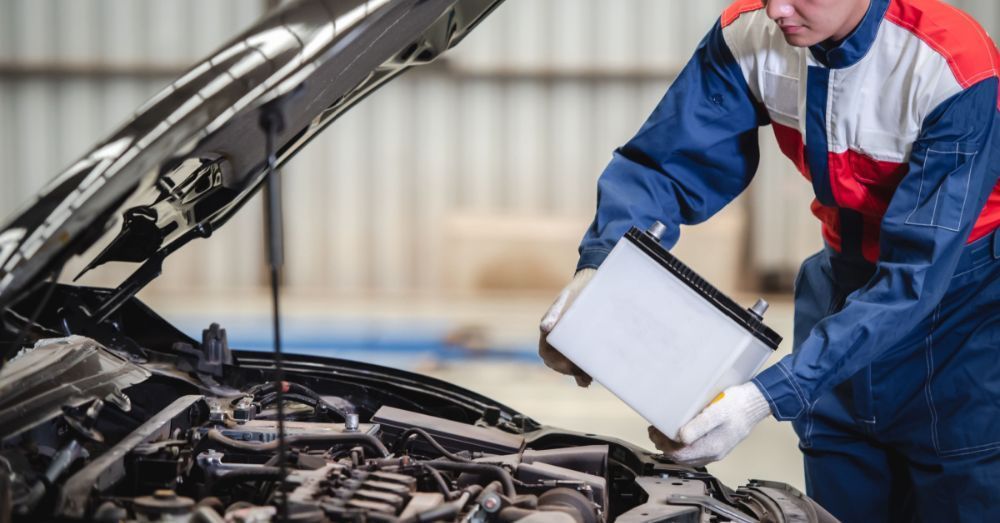
The battery in your vehicle requires regular maintenance, just like your oil. In fact, your vehicle’s battery could be in poor condition, and you do not even know it. The battery provides the power your vehicle needs to keep moving. Generally, your battery will stay charged from your alternator as you drive, but if you leave your vehicle sitting for an extended period of time or it is an old battery, this may not occur. You do not want to be out and about and be stuck and stranded due to a dead battery. There are many ways to help preserve your battery so that this does not happen to you. If you do experience battery issues or need battery replacement, see our automotive repair shop for all your battery needs.
HOW LONG DOES YOUR VEHICLE’S BATTERY LAST?
The battery in your vehicle typically lasts between 3 and 5 years. This is mainly due to the changes in weather, such as driving during the hot summer days. Your engine is producing a lot of heat, and with the weather scorching down on your battery well, this can severely affect your battery’s overall lifespan. This is also because there is fluid in your battery, and this fluid evaporates, which changes how well it can hold a charge. With all of this said, this entails that vehicle batteries typically last longer in colder climates. Regardless of your environment, taking proper precautions and maintaining your battery is essential.
STEPS YOU CAN TAKE TO PRESERVE YOUR BATTERY
There are several things you can do to help preserve your battery. These suggestions are the best ways to ensure your battery has a long life!
- Keep your battery fastened tightly- Vibrations can significantly reduce the longevity of your battery, so keeping it securely fastened will prevent excessive vibrations
- Keep your battery clean- a dirty battery can corrode or create mild short circuits, eventually creating a dead battery. Keeping them clean and free of corrosion will help prevent this.
- Minimize heat- Extreme heat is brutal on your battery. Prevention includes parking in the shade or a garage.
- Avoid short trips- Your vehicle's battery can't fully charge during short trips. Drive your automobile frequently and for long stretches of time to keep the battery charged.
- Don’t leave the lights on- Keeping your headlights or interior lights on while the engine isn't running is hard on the battery. Always turn off all accessories before leaving the vehicle, and ensure the lights are out before you leave.
- Use your vehicle- Batteries inherently lose charge over time, a process known as "self-discharge," regardless of the brand. Drive your vehicle so your alternator can recharge your battery.
RECEIVING REGULAR BATTERY SERVICE
Regular maintenance work is required for the engine in your vehicle. One of the many parts of an engine that might fail if not properly maintained is the vehicle battery. Keep your battery on the list of maintenance items to check, so you're never caught with a bad or dead battery. Our automotive repair shop can help. We have expert technicians and technology to see if your vehicle needs a new battery, and we can also handle all your battery replacement needs as well!

